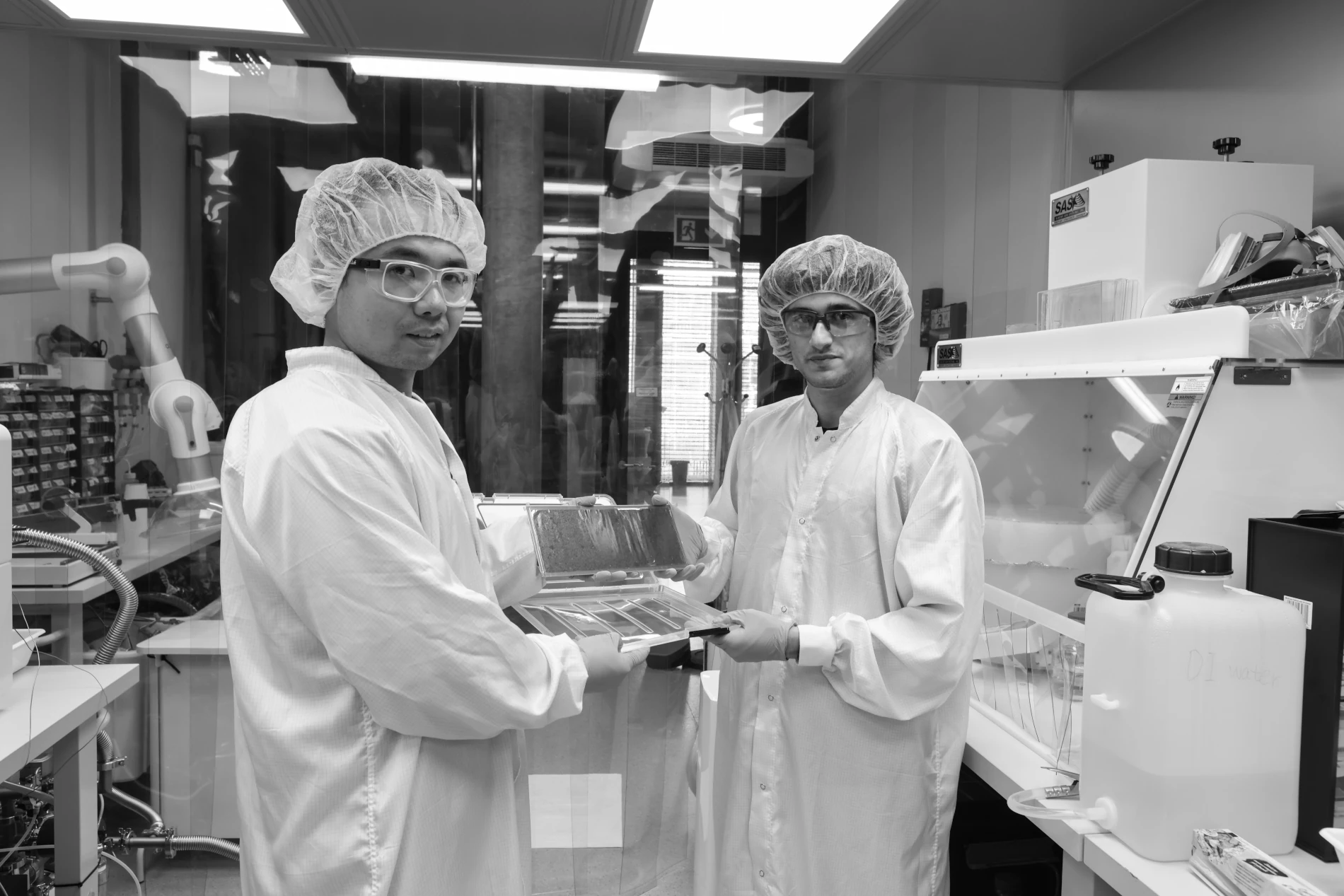Graphene membranes: cutting edge precision for CO2 capture
A short 3 min introduction

Graphene membranes are revolutionizing the world of gas separation. A one-atom-thick sheet of carbon atoms arranged in a hexagonal lattice, capable of boasting exceptional strength, flexibility, and permeability - a game-changer.
Imagine a pasta strainer, but on the atomic scale - its nanometer-sized holes allow CO₂ molecules to pass through while blocking others, offering incredible precision and efficiency. These membranes are highly selective, permeable for fast filtration, and sustainable due to their low energy demands.
Creating these membranes with such extraordinary precision is no small task (no pun intended). Scientists use ozone (O₃) to etch pores into graphene sheets, creating holes so fine they can control the movement of specific gas molecules. The O₃ molecules react with the carbon atoms to form perfectly sized nanopores.
Despite their potential, challenges remain. Scaling up production while maintaining consistent
quality is a hurdle. Current fabrication processes, though groundbreaking, are complex. Furthermore,
graphene membranes face degradation issues when exposed to humidity, which limits their efficiency
in real-world applications.
However researchers are exploring innovative methods to address these barriers through new
production proceses. Additionally, combining graphene with other materials can improve its
resilience against mxoisture, further broadening its applicability.
The benefits of graphene membranes extend beyond CO₂ capture. They could transform industries reliant on gas separation, such as hydrogen production, natural gas refinement, and even water desalination. The ability to separate gases (or liquids) with unmatched precision could reduce greenhouse gas emissions and advance clean energy technologies.
Graphene membranes stand at the forefront of sustainable innovation, offering a glimpse into a cleaner, more efficient future. While challenges in production and durability remain, ongoing research continues to unlock their vast potential. At the Carbon Team, they have a pivotal role in our missions to capture emissions.
For more information don't hesitate to reach out to us or check out the Laboratory of Advanced Separations (LAS) : (https://www.epfl.ch/labs/las/).